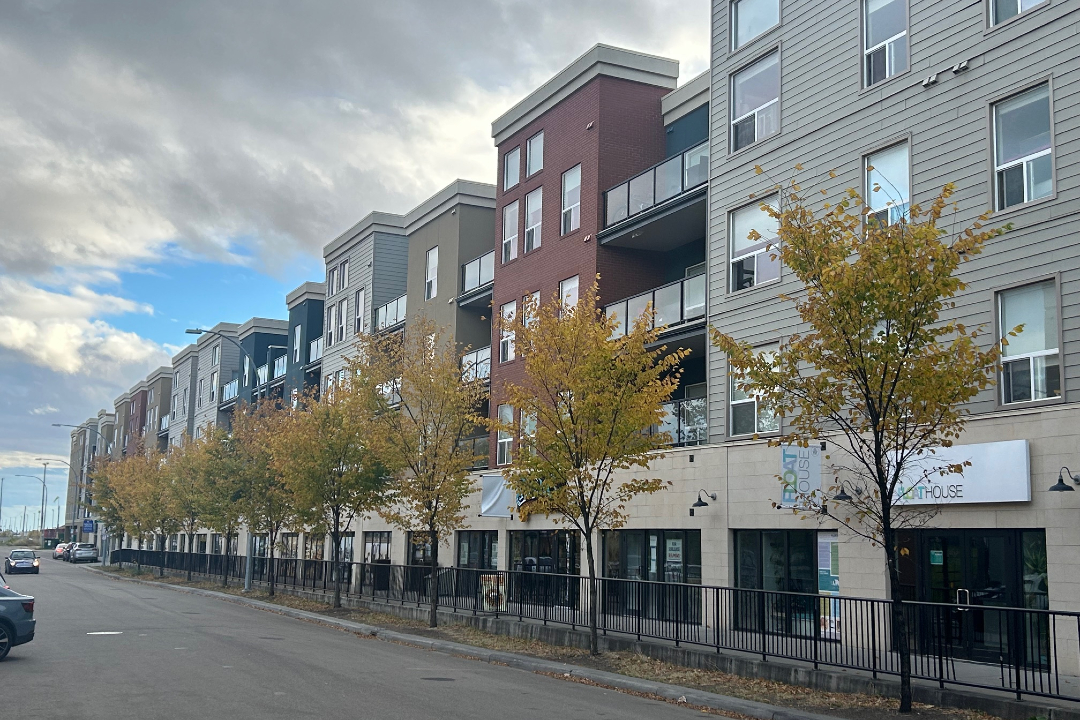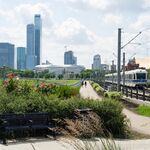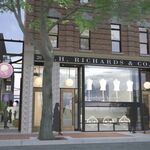September 3, 2024
Dutch elm disease has been detected in several trees in the Killarney and Yellowhead Corridor East neighbourhoods, marking the first appearance of the disease in Edmonton. The disease is caused by a fungus and can affect any elm tree. As of August 30, a total of four trees have tested positive for the disease.
The City has activated an integrated Action Plan to contain the spread of Dutch elm disease (DED). This work is in coordination with the Canadian Food Inspection Agency (CFIA), the Alberta Ministry of Agriculture and Irrigation and the Society To Prevent Dutch Elm Disease (STOPDED).
“Edmontonians take great pride in our city’s urban forest. The detection of Dutch elm disease will understandably raise concerns, and we want to reassure Edmontonians that we have taken – and will continue to take – swift action to address the situation,” said Mark Beare, Director of Infrastructure Operations. “The City’s robust and proactive approach to inspections helped to identify the first cases early and we are currently assessing and evaluating all of the elms in the impacted neighbourhoods. Our priority is to contain the spread.”
Dutch elm disease is caused by a fungus that is spread among elm trees through their roots and by specific species of bark beetles that carry the fungus from tree to tree. Although it is not possible to determine how the disease arrived in Edmonton, it is often brought to new regions through the transport of firewood or by importing infected trees.
Elm trees make up 22 per cent of the City’s maintained tree inventory, an estimate around 90,000 trees. In some mature neighbourhoods, elms comprise nearly 100 per cent of boulevard trees.
Discovery
- As part of a routine inspection in early August, City crews observed symptoms of Dutch elm disease, along with the first appearance of live banded elm bark beetles in American elm trees.
- Samples from the trees were immediately submitted to the Alberta Plant Health Laboratory.
- On August 15, results indicated the trees tested positive for DED. The CFIA was notified and sampled the positive trees on August 16.
- On August 27, CFIA lab results confirmed the presence of DED.
- Two additional cases of DED were confirmed by the Alberta Plant Health Laboratory on August 29.
- All City-owned trees that tested positive for DED have been removed.
City’s response
- City crews are conducting visual surveys and samplings in Killarney and Yellowhead Corridor East neighborhoods to identify any trees on City property and private property that may display signs and symptoms of the disease. This work is estimated to be completed by September 30.
- The City is working with the CFIA and the Government of Alberta to determine the approach for all trees in these neighborhoods.
- Meanwhile, to help mitigate the risk of spread, the City is conducting targeted elm tree removal to reduce the habitat of the beetles that spread the fungus. City-owned elm trees with significant leaf death at the top of the tree, small elm trees, and elm trees in unsuitable growing locations (such as alleys), are being considered for immediate removal.
- City-owned elms along 127 Ave. have been injected with TreeAzin Systemic Insecticide to improve their defense against insects. TreeAzin is injected directly into the trees and is safe for people and animals.
- The City has also acquired Arbotect 20-S, which is the industry standard fungicide for the prevention of Dutch elm disease. It is also injected directly into the trees and is safe for people and anim
What residents can do
Containing the spread of Dutch elm disease takes a community effort. There are three ways residents can help stop the spread of the disease.
1 . Do not bring firewood from another jurisdiction.
- Beetles that carry Dutch elm disease are most likely to be brought to Edmonton in firewood, so remember to always “burn it where you buy it.”
2. Remove bark beetle habitat.
- Prune elm trees between October and March to remove dead, dying and diseased branches.
- Provincial law and municipal bylaw require Elm tree owners to prune dead and dying branches from October through March.
- Pruning can attract the beetles which spread the disease. Alberta has a pruning ban on elm trees from April 1 to September 30.
- All elm wood must be disposed of immediately by burning, burying, chipping or disposal at an Eco Station or waste management site.
- Do not combine elm wood with food scraps or other collected waste.
3.-If you see signs of Dutch elm disease, call 311.
Signs of Dutch elm disease:
- From the latter half of June to the middle of July, the leaves on one or more branches may wilt, droop and curl. The leaves then turn brown and usually remain on the tree.
- If the tree is infected later in the summer, the leaves will droop, turn yellow and drop prematurely. Late season infections are easily confused with normal seasonal changes.
- Brown staining in the sapwood that can be seen by removing the bark of infected twigs.
- Beetle emergence holes, the size of the diameter of a pencil lead, and/or sawdust on the bark, indicate burrowing beetles.
|





